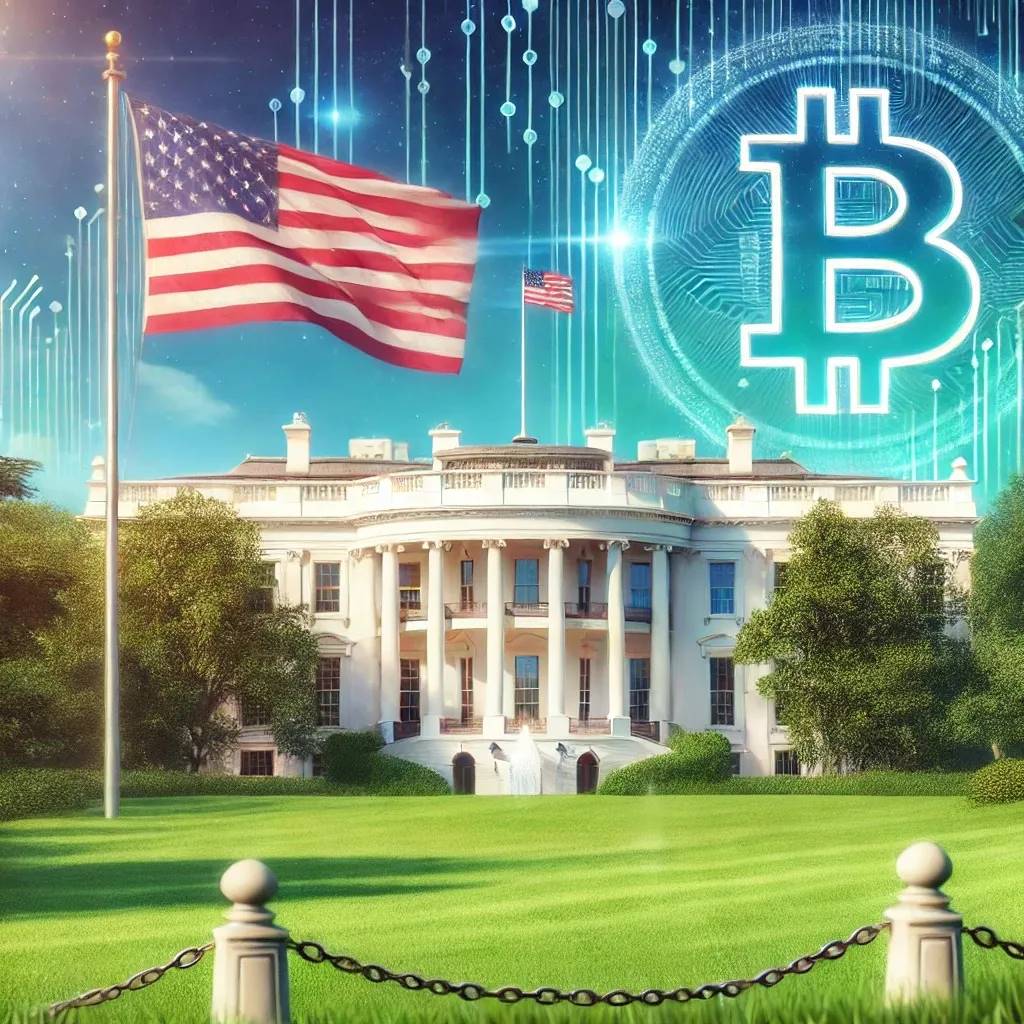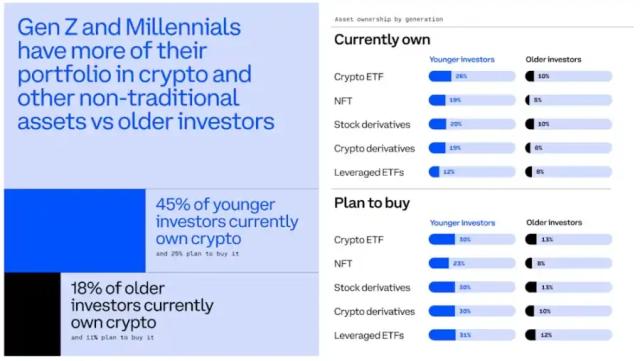Written by: Stellaris
Compiled by: Blockchain in Plain Language

For years, cryptocurrencies have been a battlefield between innovation and regulation. The White House Crypto Summit was supposed to be a key moment - with policymakers, financial leaders, and blockchain advocates gathering to discuss the future of digital assets in the United States.
Under the shadow of market volatility and regulatory uncertainty, the industry hoped this summit would provide clear direction. But was this truly a moment of providing clear guidance, or just another politically staged performance with no substance?
Interestingly, the crypto market slightly rebounded in the days before the summit. Some attributed this to new stablecoin regulatory policies, while others credited institutional investor accumulation and signals from the Federal Reserve.
So, what exactly happened at the crypto summit? Did it truly drive the market, or was it just coincidentally aligned with a natural recovery?
1. Expectations vs. Reality
In the weeks before the summit, policymakers had indicated they would discuss a comprehensive regulatory framework for stablecoins and digital assets. Rumors included restrictions on DeFi, clear tax policies, and the possibility of a US Central Bank Digital Currency (CBDC).
For the industry, this was a critical moment. Would regulators acknowledge cryptocurrencies as part of the financial system, or continue to maintain a skeptical stance?
What actually happened: Partial progress, more uncertainty
Stablecoin regulation made progress: The Senate Banking Committee passed the GENIUS Act, aimed at integrating stablecoins into the traditional financial system.
Bitcoin and DeFi were ignored: Despite external expectations, the summit barely mentioned Bitcoin regulation, staking protocols, or DeFi.
No administrative action taken: Unlike previous regulatory meetings, this summit introduced neither new restrictions nor a clear path for widespread cryptocurrency adoption.
Stablecoins received regulatory attention, but the entire crypto industry remains in an uncertain state.
2. What Caused the Crypto Market Crash? Is Recovery Imminent?
In the week before the summit, the crypto market was severely hit. Bitcoin dropped 25% from its historical high, and other Altcoins also plummeted. So, what exactly triggered this crash?
Several factors contributed to the market downturn:
Institutional liquidation: After Bitcoin reached its historical peak, large investors took profits, triggering a chain reaction of selling pressure.
Interest rate policies: The Federal Reserve's comments about inflation and economic tightening unsettled the market.
Regulatory uncertainty: Fears of massive regulatory crackdowns intensified market volatility.
3. Will Cryptocurrencies Rise?
Despite fear dominating the headlines, more optimistic signals are emerging. Recovery signs are beginning to appear slowly but clearly:
Increased institutional interest in stablecoins: Large financial institutions like US Bank and PayPal are investing in blockchain-based payment systems.
Bitcoin market share expansion: As traders exit higher-risk Altcoins, Bitcoin's market share increases.
No major regulatory suppression: Unlike previous events where regulations caused sell-offs, this summit was relatively neutral, allowing market sentiment to recover.
While the summit itself was not the cause of recovery, progress in stablecoin regulation has helped maintain this trend.
[The translation continues in the same manner for the rest of the text, maintaining the professional and accurate translation style.]A few days after the summit, President Trump delivered an important speech at the New York City Digital Asset Summit, reaffirming his support for cryptocurrencies and promising to make the United States a "undisputed Bitcoin superpower". His remarks added weight to the broader narrative that cryptocurrencies are becoming a core part of the US economic and political agenda.
The market has been recovering. Bitcoin and other assets had already begun to rebound before the summit, thanks to improved sentiment, technical factors, and signs of institutional buying. The summit may have reinforced optimism, but it was not the direct driver of the rebound.
Investors should focus on actual regulatory progress rather than relying solely on PR-driven events. While public speeches and summits can attract attention, real policy changes—such as stablecoin legislation or tax clarity—are key to driving the market in the long term.





